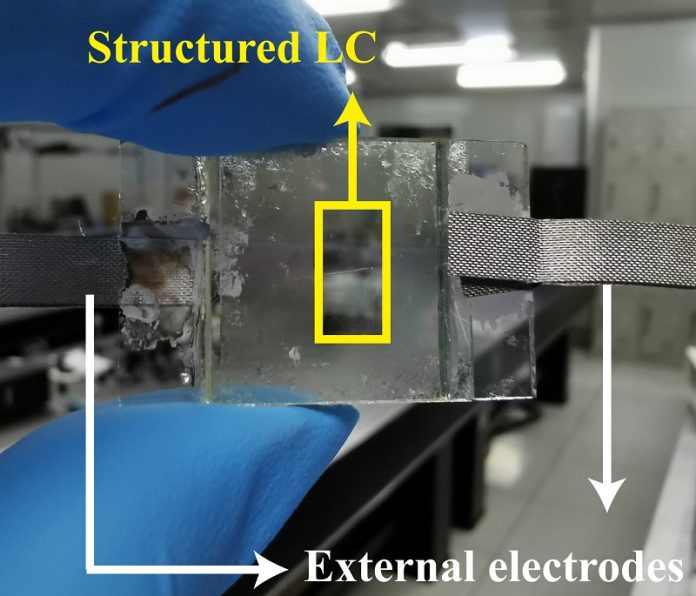
Researchers have developed an innovative type of bifocal lens that can focus on two spots and adjust their brightness by applying voltage.
These new lenses, made with two layers of liquid crystal materials, could be useful in areas like biological imaging, virtual and augmented reality, and optical computing.
Typically, liquid crystal devices use a single layer, which limits how much they can control light. Fan Fan, the leader of the research team from Hunan University in China, explained that by using two layers—a liquid crystal cell and a liquid crystal polymer—they were able to create lenses that can perform more complex light control.
Their study, published in Optics Letters, highlights that these new bifocal lenses can be used for tasks such as polarization imaging, which enhances contrast in images, and edge imaging, which makes it easier to see the outlines of objects.
This helps in seeing fine details or specific shapes more clearly.
In virtual or augmented reality (AR/VR) devices, bifocal lenses are important for adjusting the display distance to avoid eye strain, which happens when the eyes struggle to focus on both near and far objects.
Fan believes that their new design could also be applied to other optical devices like holographic displays and beam generators, which are used for image processing.
The design for these bifocal lenses was inspired by holographic devices, which are becoming more advanced and can hold more information. The team wanted to explore how this type of technology could be used beyond holography and applied it to bifocal lenses.
What makes these new lenses special is their ability to split light into two beams with different polarizations. This means they can actively control the light, unlike previous designs that needed mechanical adjustments.
The liquid crystal layers also allow the lens to quickly change the intensity of its focal points with just a change in voltage, making it much faster and simpler than older methods.
After testing, the team found that the lenses performed well in both polarization and edge imaging. They now plan to continue their work by designing more multifunctional optical devices. Their goal is to make these lenses more affordable for mass production, while also making them adaptable to different environments.
Fan hopes their research will inspire other scientists to explore new ways to use liquid crystal technology in optical devices.


